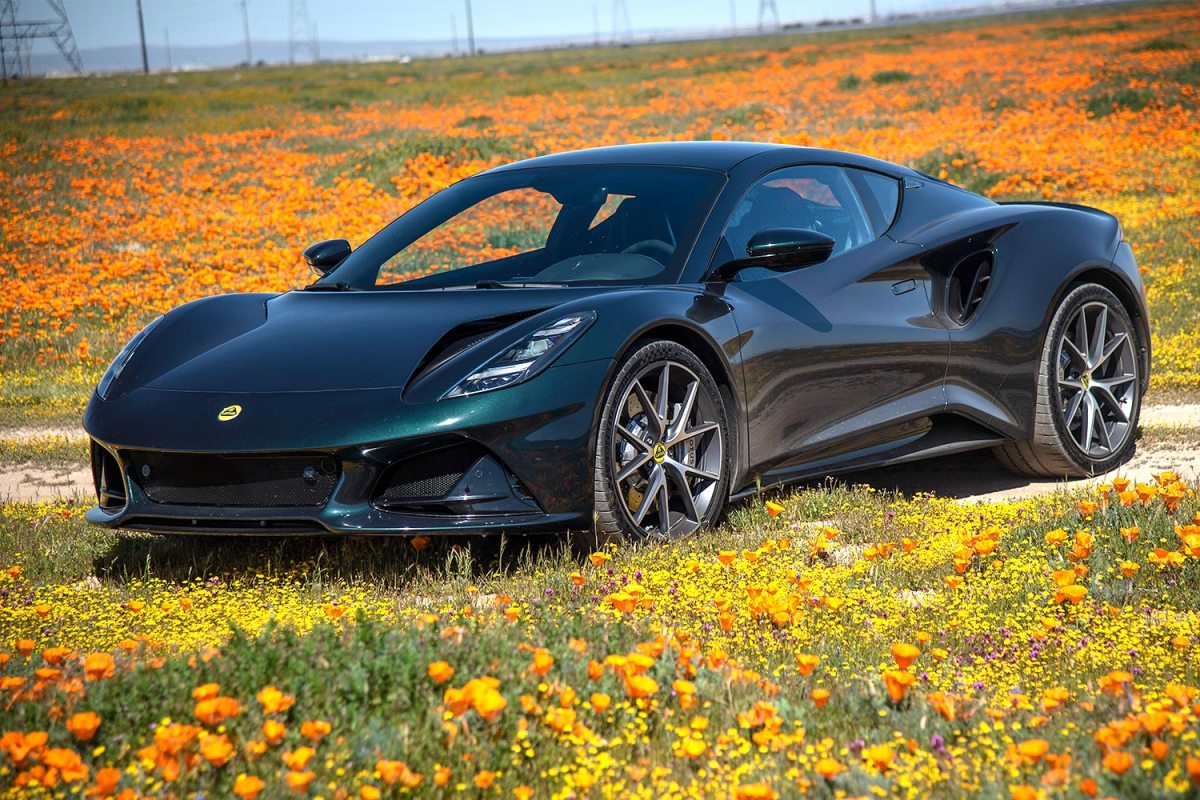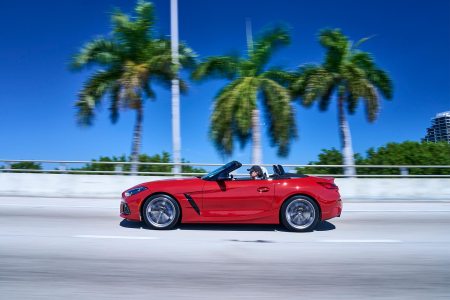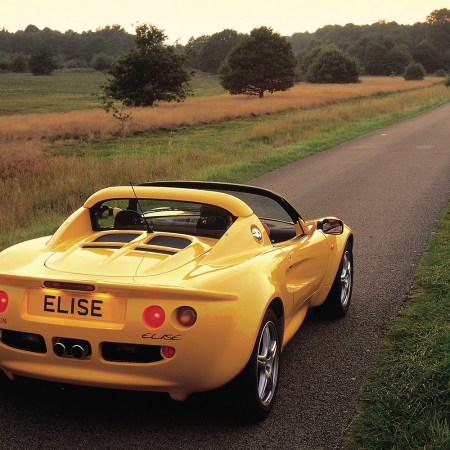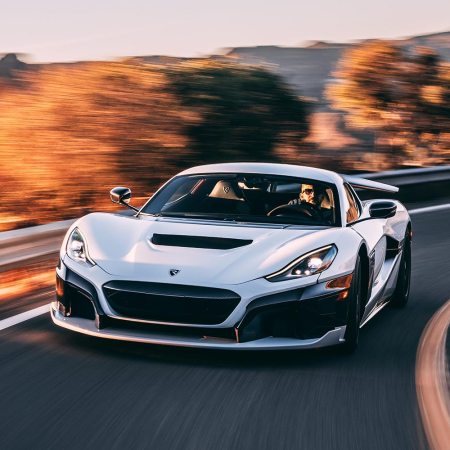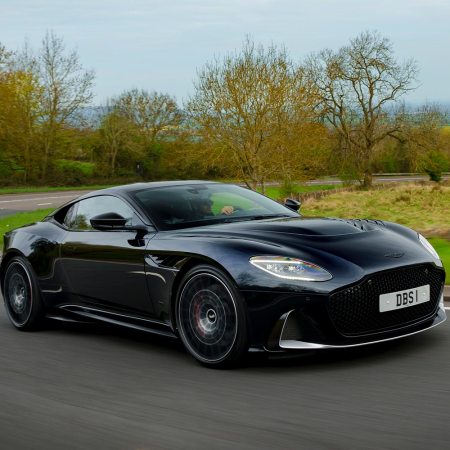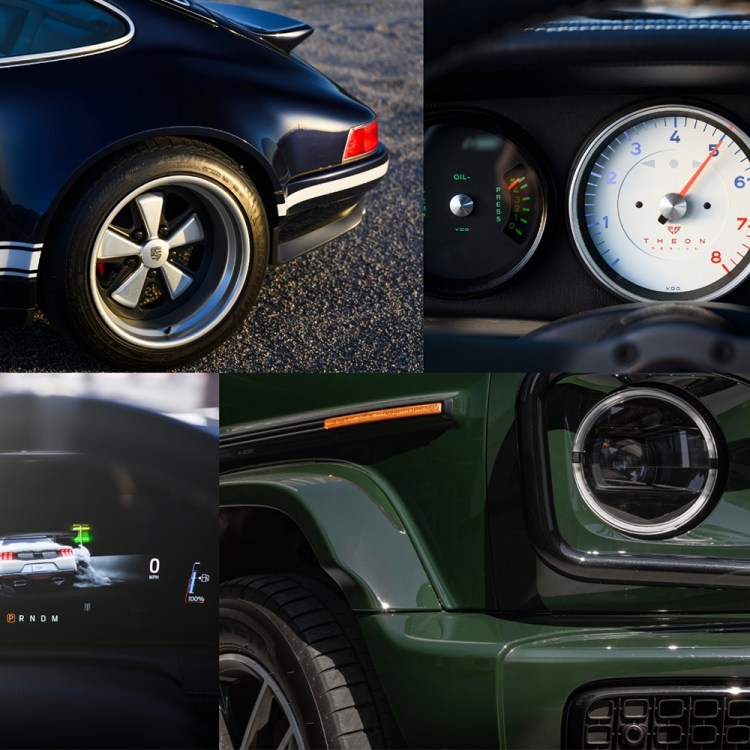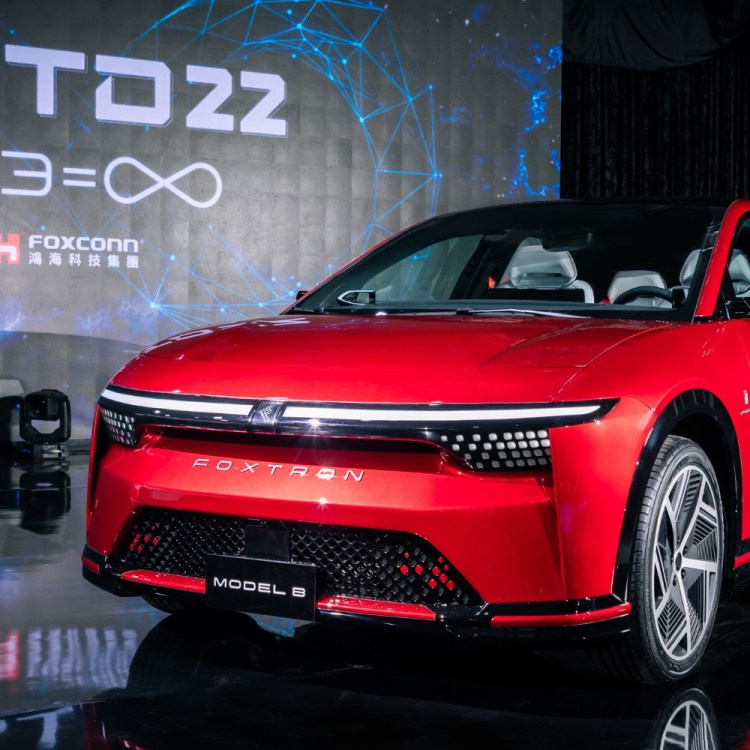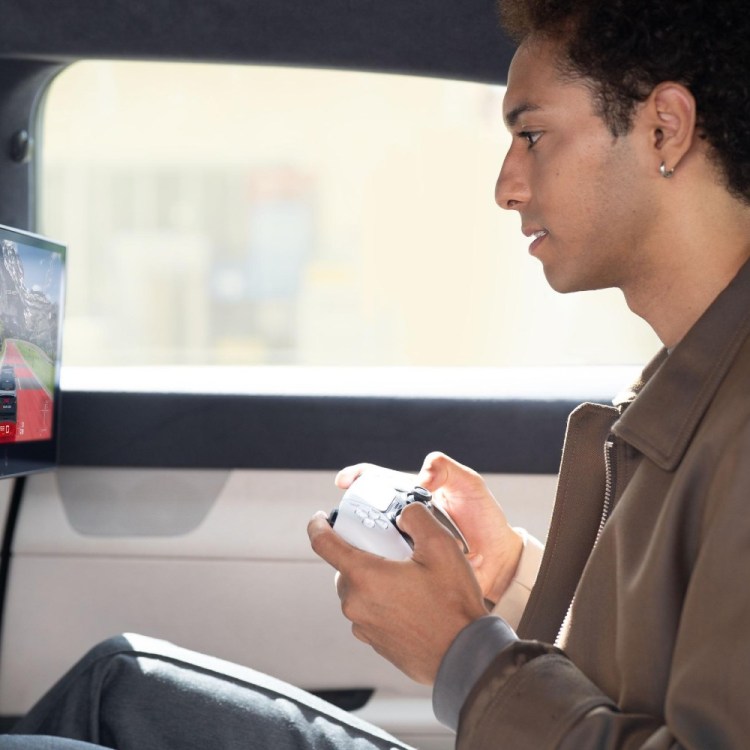Colin Chapman had gossamer dreams. The automotive renaissance man founded Lotus Cars in 1952 with a brain full of big engineering ideas, though his legacy is usually reduced to a well-worn maxim that encapsulated his primary obsession: Simplify, then add lightness.
The world is a very different place since the late, great iconoclast formed Lotus some seven decades ago. As the horsepower wars continue to rage in 2023, so does the inevitable march toward electrification. Thickening the plot for Lotus has been a cavalcade of spicy subplots: flirtations with bankruptcy, a corruption scandal or two, and a series of hot potato international takeovers since Chapman slipped into the infinite by everyone from the company’s native Great Britain to the U.S., Malaysia and, most recently, China.
Geely Holding Group’s 51% stake in Lotus is notable because the conglomerate’s investment in EV technology will make Colin Chapman’s baby future-ready. But the here and now presents a rare moment to savor one more internal combustion model before Lotus worships the almighty electron. Behold the Emira, the last gas-powered Lotus.
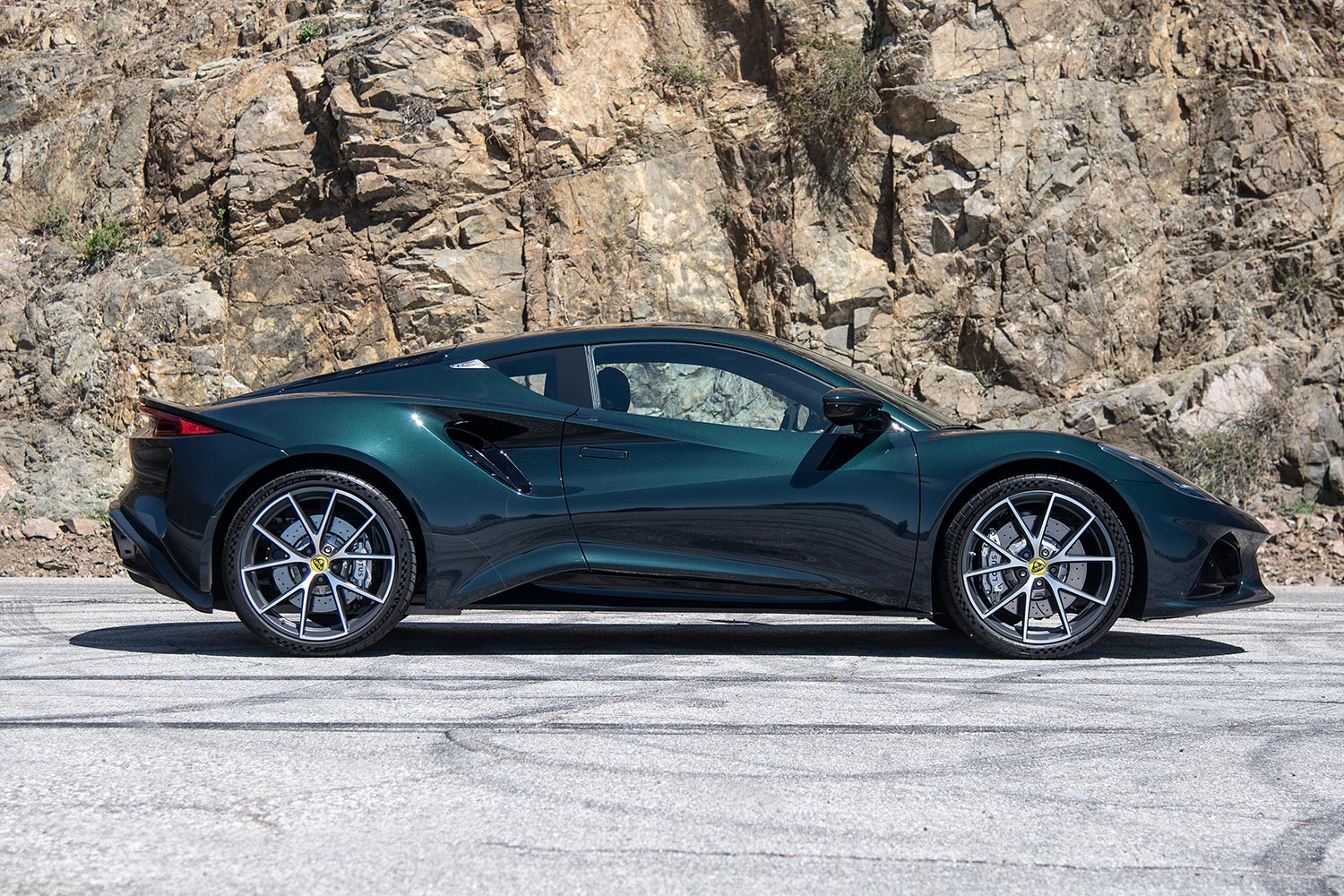
Two Engine Options to Bid Farewell
The Lotus Emira is the culmination of every winning formula that has made the manufacturer a favorite among serious drivers. There’s a lightweight extruded aluminum chassis that’s bonded together with industrial strength adhesives; an unnatural amount of attention lavished to suspension setup and chassis tuning; and perhaps most reassuringly a choice of reliable, proven powerplants from known entities that (mostly) abolish the backhanded Lots Of Trouble, Usually Serious acronym foisted on the brand name.
BMW’s Z4 Holds the Line on Open-Air Motoring
As convertibles lose out to EVs and SUVs, the Germans persist in offering a two-seat ragtopRather than streamlining this final model with a single engine, Lotus offers two powertrains from two very different manufacturers: a 2.0-liter turbocharged four-cylinder sourced from Mercedes-AMG (producing 360 horsepower), or a 3.5-liter supercharged V6 from Toyota (that churns out 400 hp). Those who opt for the German four-banger can have any transmission as long as it’s a dual-clutch automatic; the V6 can be mated to either a conventional, torque converter-equipped auto or an enthusiast-approved six-speed manual.
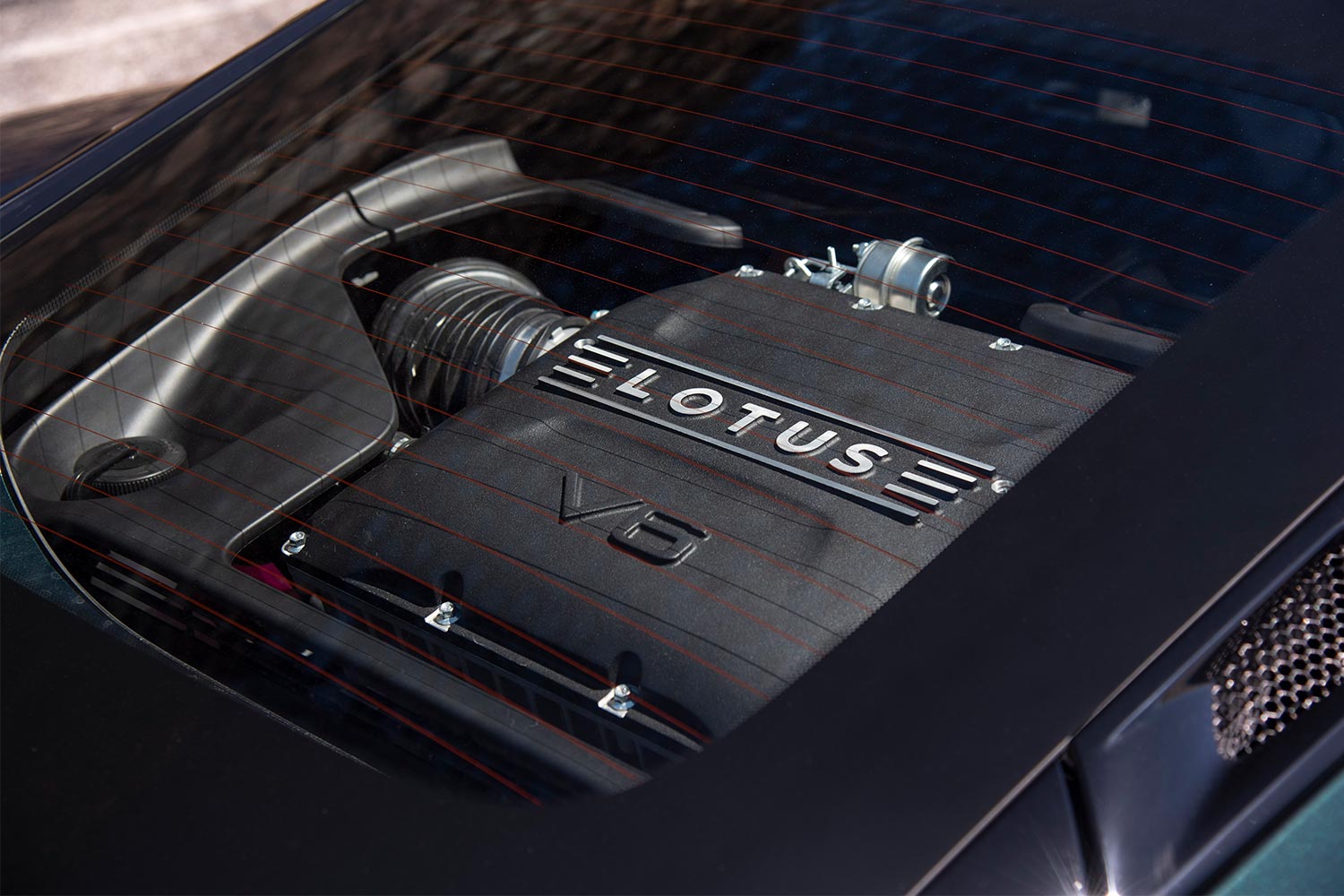
Lotus Enters the Present With the Emira
For all its striking press imagery and online presence, the Emira presents itself quite a bit differently in the flesh — though admittedly related to the upcoming $2.3 million electric Evija hypercar.
For starters, the Emira has a smaller-than-expected footprint, which shouldn’t be surprising given its famously Lilliputian ancestors. There’s a compellingly clean front end with elegant aero vents amidst an otherwise uneventful nose. The body sits higher on the wheels than you might expect (also see: every Corvette from the C4 onward), and the midsection’s complex curves — the flared rocker panel, the chiseled engine air intakes, the converging character lines — make it appear a bit heavy and squat from certain angles. Things are better resolved at the rear, where appealingly contoured arches frame a rear window displaying the LOTUS-branded powerplant just ahead of a deftly sculptured tail that incorporates a spoiler, discreet tail lights, air extrusion vents and a rear diffuser.
Climb inside, and there’s a bit of surprise and delight to the Emira’s interior, especially when equipped with the three-pedal manual. Showcased between two sporty seats is a tasty matte aluminum shift knob, with a visible shifter linkage beautifully framed within the center console. The visual focus lavished on this oft-ignored piece of mechanical kit speaks volumes. This is a brand that values the finer tactile points of driving, and isn’t shy about shining a light on the hardware responsible for making that happen.
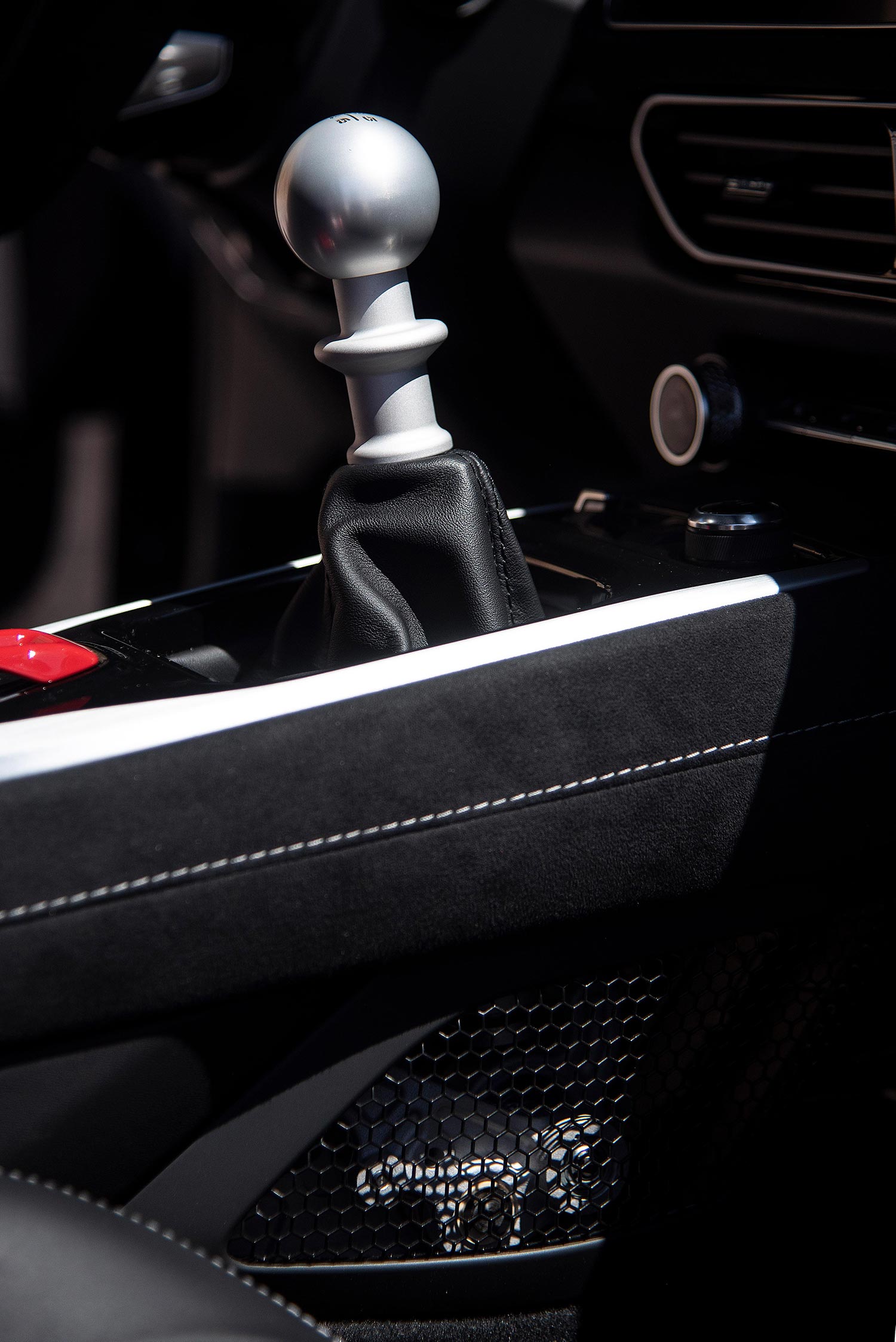
Slip into the formfitting driver’s seat, and the interior offers a more modern environment than any Lotus before it. There are twin digital displays — a centrally positioned 10.2-inch touchscreen and a 12.3-inch TFT instrument panel — as well as more conventional touchpoints like an Alcantara steering wheel and (thankfully) fixed buttons for climate control, which means you won’t have to scroll through digital menus in order to cool down in a jiffy on a hot day. Sweet justice for those tired of smudgy touchscreens ruling every last aspect of the human-machine interface.
As equipped, my First Edition V6 Emira tester comes with a $94,960 sticker price that’s around the same range as a more lightly optioned Porsche Cayman GTS 4.0. And because we’re sure Mr. Chapman would want you to know, the V6 Emira tips the scales at a respectable 3,212 pounds, a tick over the aforementioned P car.
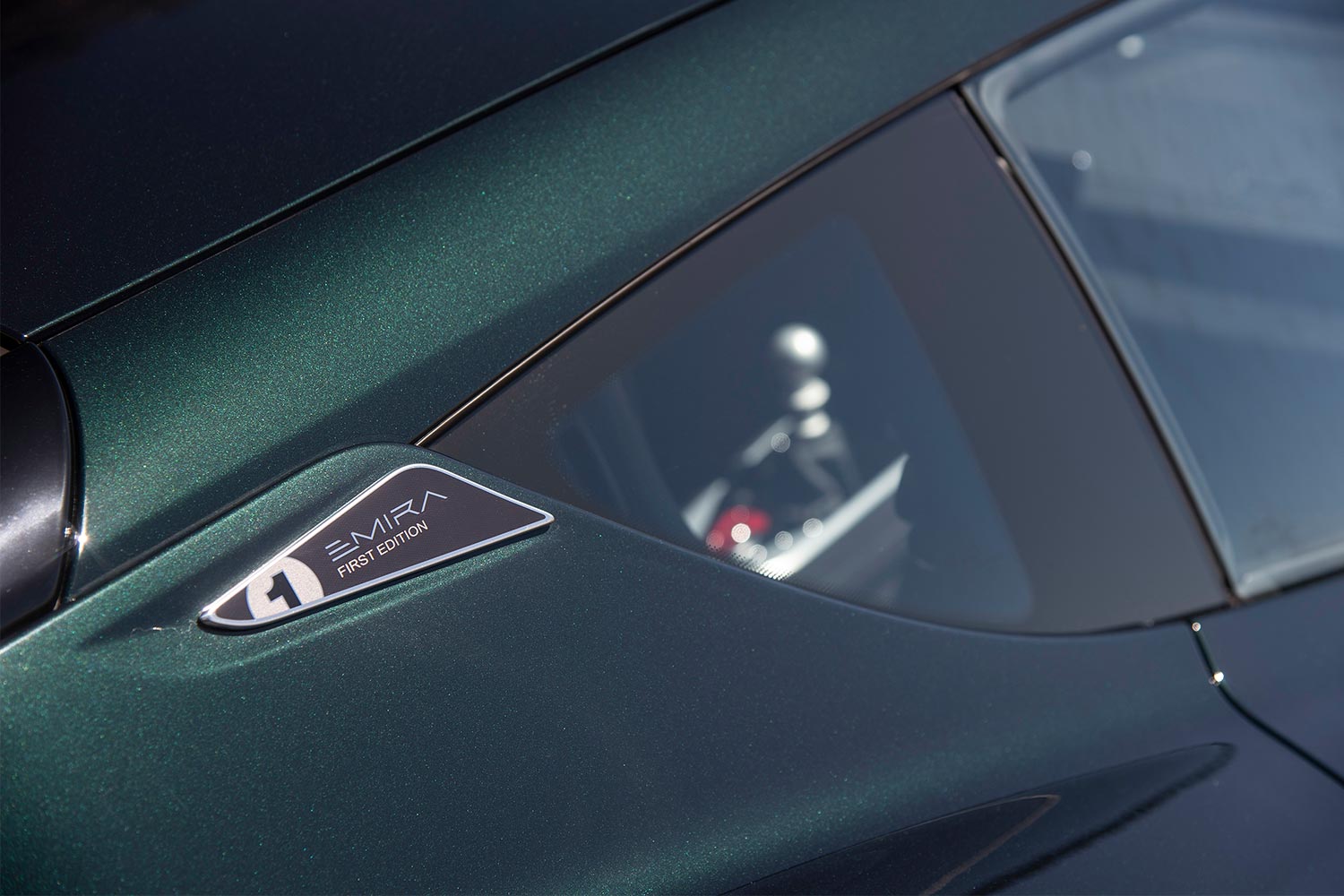
New-School Looks, Old-School Driving
The Emira feels considerably more modern than its Evora predecessor from within. However, it wouldn’t be a low-volume manufacturer if a few quirks didn’t remain, among them seats that sit a hair too high, pedals which are positioned a tad to the right, and sketchy rearward visibility. The new model does manage to feel far more thoughtfully designed and better put together than the Evora, which sometimes came across as cobbled together and kit car-like in its lack of cohesiveness. More streamlined surfaces and soft-touch textures offer a feeling of newfound maturity to this final expression of gas-powered sports car. It’s still not a Teutonic model of ergonomic excellence (see: Porsche), but then again, nobody ever bought a Lotus because it was a sensible sports car.
It takes a flip of an ICBM launcher-style shield to press the engine start button, a la the infamously dramatic Lamborghini Aventador. Once past the silliness of the interface, my tester’s Toyota-sourced V6 revealed itself to be a well-rounded, if aurally uninspired powertrain. Although, there are some pleasant auditory side effects of having the engine tucked relatively close to the cockpit, including the subtle whir of supercharger whine and the sight of the wastegate valve flexing when the engine is revved. And speaking of revs, this one’s redline has been lowered to 6,800 rpm in contrast to the Evora. But the engine entertains, delivering robust power from low rpms and a willingness to pull hard towards the redline. The 400 horsepower here is enough to make the compact two-seater feel strong and urgent in acceleration.
With a claimed 4.3-second 0 to 60 mph time for the manual V6, the Emira isn’t exactly blistering compared to many contemporary supercars, but the real revelation comes when you turn the wheel. The inertial resistance during turn-in — that moment when rotation of the steering wheel summons a change in direction — is so minimal that the front end of the car feels like it’s meant to turn with an arc in the road. That willingness to dance flows into a remarkable feeling of fluidity. Corners aren’t daunting, they’re invitations for the Michelin Pilot Sport Cup 2 tires to grab and grip their way through space.
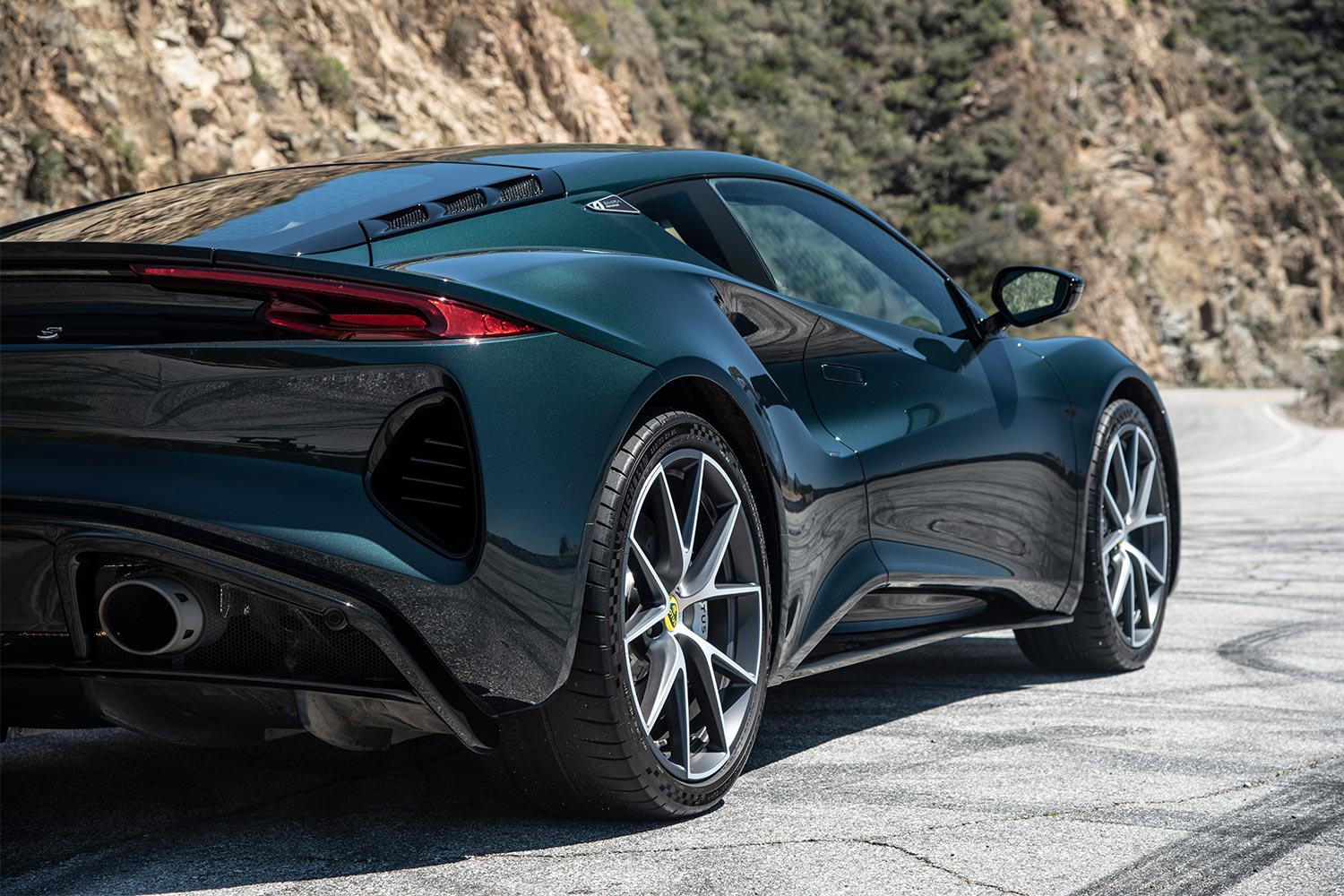
Interestingly, the Emira’s ride quality is quite good considering its handling limits; even more curiously, my loaner was equipped with the Sport Trim (versus Touring Trim), which means stiffer springs, higher compression shocks, the aforementioned sticky Michelin rubber and a more aggressive alignment. The tradeoff of the hardcore alignment means the steering wheel darts a bit on uneven surfaces, sometimes feeling like it wants to follow surface irregularities more than the intended path of travel — a phenomenon called “tramlining.”
However, the upside is an incredible feeling of liveliness and engagement when hustling through corners. That sensation is bolstered by the fact that Lotus has stubbornly (or wisely) stuck to a hydraulic steering system that retains the subtleties of road feel. While electric steering setups enable incrementally better fuel economy, the old-school setup adds a subtle layer of feedback that’s missing from the newer systems. Notably, the Emira drives with a far better and more sophisticated blend of comfort and performance than the Evora did, marking a significant leap forward in terms of refinement and overall quality. Even the KEF stereo produces surprisingly good sound, an Easter egg of a bonus on a sports car that seems otherwise unconcerned with creature comforts.
Some Other Beginning’s End
My time with the Lotus Emira felt noticeably special, in a way that’s becoming rare these days. After the first dopamine rush from slaloming through corners in this ultra-responsive steed, this Hethel-built two-seater endeared itself because it sticks to the fundamentals of what makes sports cars engaging to drive. Sure, there’s a certain level of compromise when it comes to living with a specialty marque, and I didn’t feel like I was having the complete Lotus experience until I got a brake failure warning light on the dash (which promptly went away when I refueled, and didn’t return thereafter). But for all the Emira’s quirks and quibbles, the upsides of this wonderful little gasoline-powered package manage to eclipse the minor flashes of weirdness.
As a fin-de-siècle sports car, the Lotus Emira is the perfect example of precisely what we’ll miss when the internal combustion engine goes the way of the dinosaur.
This article appeared in an InsideHook newsletter. Sign up for free to get more on travel, wellness, style, drinking, and culture.
